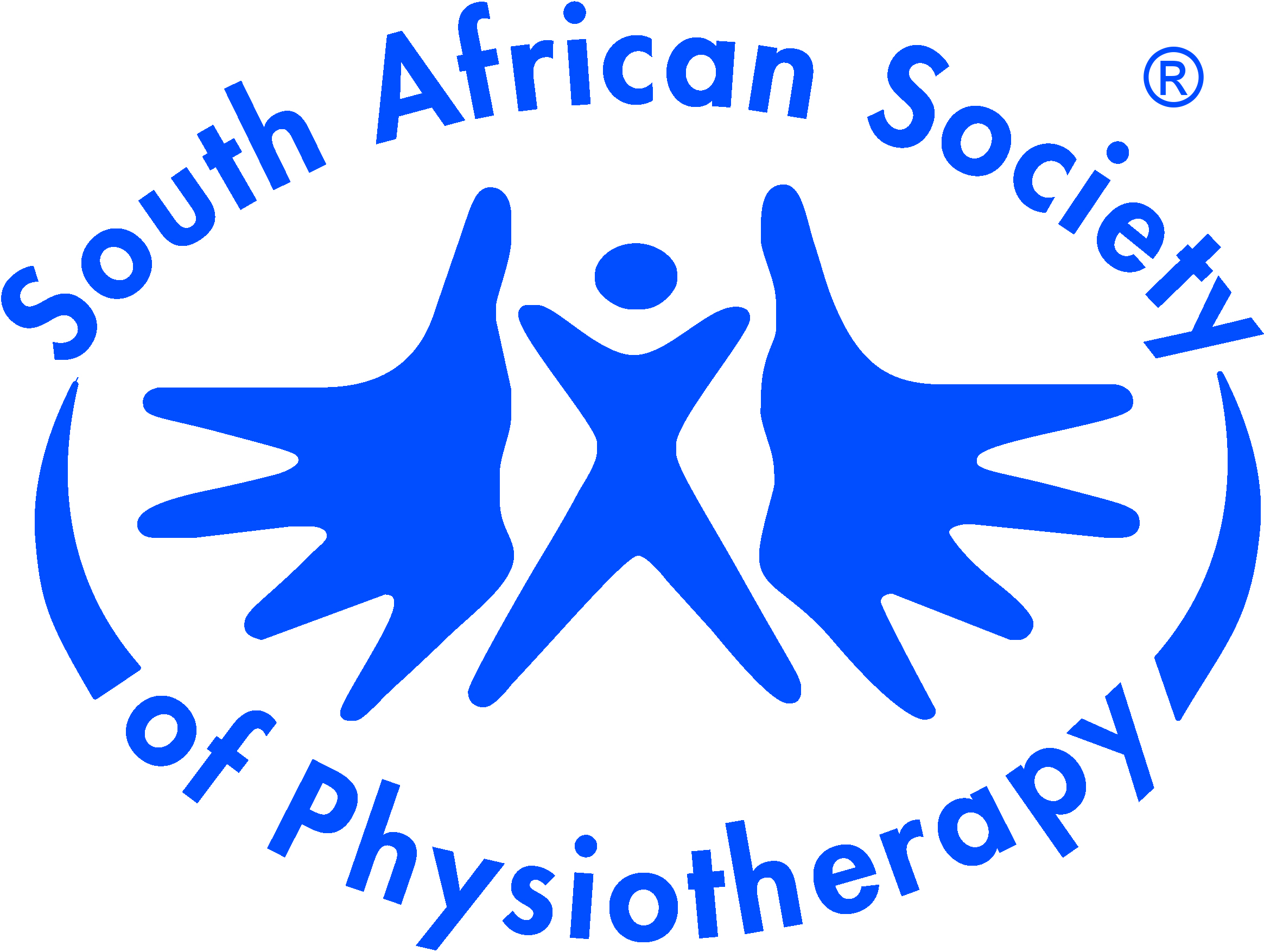Case Report
Exercise tolerance in type - 2 male diabetics
Submitted: 12 January 2002 | Published: 13 January 2002
About the author(s)
D. O. Odedbiyi, Department of Physiotherapy, College O Medicine, University Of Lagos, Nigeria., South AfricaA. E. Ohwovoriole, Department of Medicine, College Of Medicine, University Of Lagos, Nigeria, South Africa
Full Text:
PDF (173KB)Abstract
The objective of this study was to compare the exercisetolerance of a set of male diabetic Nigerians with non-diabetic male subjects. Ten male Type-2 diabetics between the ages of 35 and 50 years in good glycaemic control and ten male non-diabetic controls of similar age were exercised on the ergometer at uptake of 90% and 60% V02 max respectively for anaerobic and aerobic exercises. Cardiovascular and fatigue rates or times to fatigue were then determined in both groups.In both diabetics and controls, the time to fatigue was significantly longer during exercise at 60% VO2max than at 90% VO2max (P<0.01). During aerobic exercise, the mean times to fatigue were very similar in the diabetic and control men {427.5 (38.0) secs. V 439 .0 (56.9) secs. p> 0.1}. The diabetic men fatigued more easily than controls under anaerobic condition (p 0.1 > p > 0.05). Type 2 male diabetics with good glycaemic control appear to tolerate aerobic exercise as well as non-diabetic males, but less so during anaerobic exercise. This difference in aerobic and anaerobic exercise tolerance should be borne in mind in prescribing exercise regimes in patients with type 2 diabetes mellitus.
Keywords
Metrics
Total abstract views: 2564Total article views: 1979
